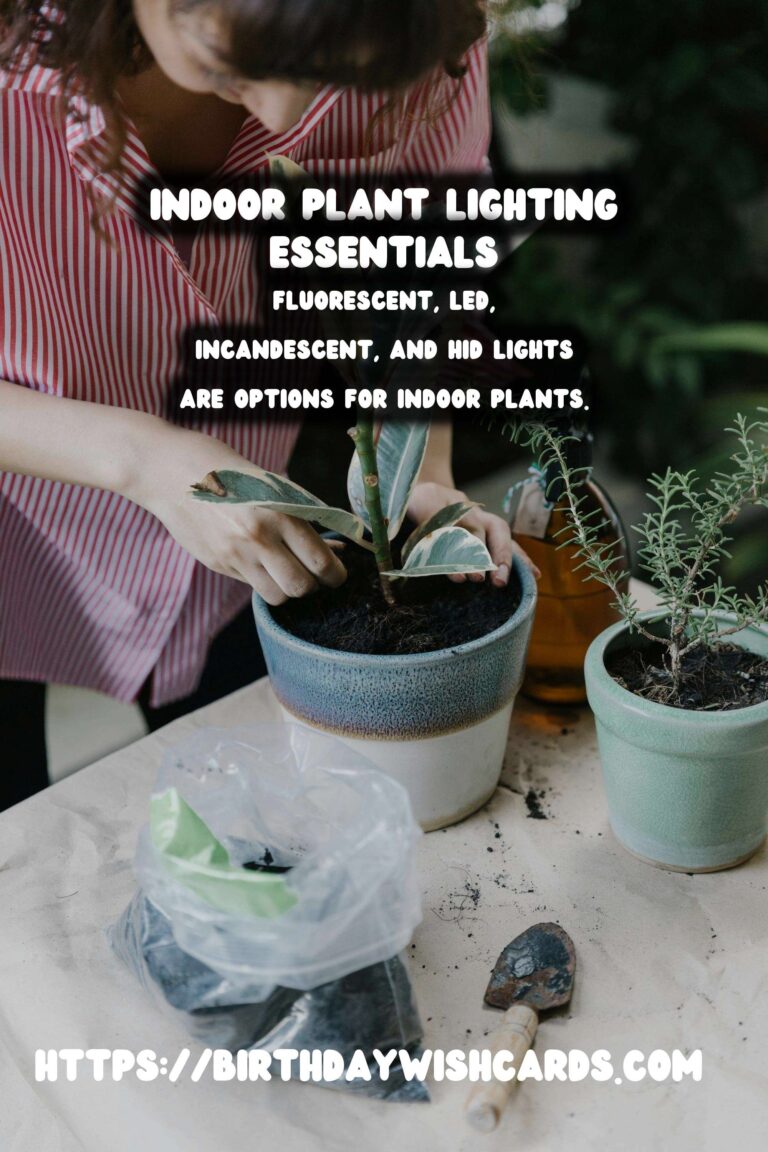
Indoor gardening has gained immense popularity in recent years. Whether you are a seasoned plant enthusiast or a beginner looking to bring some greenery into your home, understanding plant lighting for indoors is crucial for the health and growth of your plants.
Why Is Lighting Important for Indoor Plants?
Light is a fundamental aspect of photosynthesis, the process by which plants convert light energy into chemical energy to fuel their growth. Without adequate light, plants cannot produce the energy they need to thrive, resulting in weak, leggy growth and poor health. Indoor environments often lack the natural sunlight that outdoor plants receive, making artificial lighting an essential tool for indoor gardeners.
Types of Indoor Plant Lighting
There are several types of artificial lighting that can be used for indoor plants, each with its unique benefits and drawbacks. Understanding these options will help you choose the best lighting for your indoor garden.
Fluorescent Lights
Fluorescent lights are a popular choice for indoor gardening due to their energy efficiency and availability. Compact fluorescent lamps (CFLs) are particularly useful for small spaces, while T5 and T8 fluorescent tubes provide broader coverage and are often used in larger setups.
LED Grow Lights
LED grow lights have become increasingly popular due to their long lifespan and energy efficiency. These lights can be customized to emit specific wavelengths of light that are beneficial for plant growth, making them a versatile option for various types of plants.
Incandescent Lights
While not commonly used for plant lighting due to their inefficiency and heat production, incandescent lights can be suitable for low-light plants that do not require intense lighting.
High-Intensity Discharge (HID) Lights
HID lights, including metal halide (MH) and high-pressure sodium (HPS) lamps, provide intense light suitable for high-light plants. They are often used in commercial greenhouses but can be adapted for home use in larger setups.
Choosing the Right Light Spectrum
Plants require different wavelengths of light for various stages of growth. Understanding the light spectrum is essential when selecting indoor plant lighting.
Blue Light
Blue light (400-500 nm) is crucial for vegetative growth, promoting strong stems and healthy leaves. It is particularly important during the early stages of a plant’s life cycle.
Red Light
Red light (600-700 nm) supports flowering and fruiting by encouraging blooming and the development of fruit. It is especially important in the later stages of a plant’s life cycle.
Full-Spectrum Light
Full-spectrum lights mimic natural sunlight by providing a balanced range of wavelengths, making them an excellent all-purpose option for indoor gardening.
Setting Up Your Indoor Plant Lighting
To set up your indoor plant lighting effectively, consider the following factors:
Distance from Plants
Position your lights at the appropriate distance from your plants to ensure they receive adequate light without causing heat damage. Each type of light may have different requirements, so consult the manufacturer’s guidelines.
Duration of Light Exposure
Most indoor plants require 12-16 hours of light daily. Use a timer to automate your lighting schedule and ensure consistent light exposure.
Reflective Surfaces
Utilize reflective surfaces such as white walls or grow tents to maximize the efficiency of your lighting setup by directing more light towards your plants.
Common Mistakes to Avoid
When setting up indoor plant lighting, avoid common pitfalls such as using the wrong type of light, providing insufficient light, or placing lights too close to plants, which can cause heat stress.
Conclusion
Understanding the nuances of plant lighting for indoors is essential for cultivating a thriving indoor garden. By choosing the right type of lighting, spectrum, and setup, you can create an environment where your indoor plants can flourish year-round.
Indoor gardening requires understanding plant lighting for optimal growth. Fluorescent, LED, incandescent, and HID lights are options for indoor plants. Blue light supports vegetative growth, while red light aids flowering. Full-spectrum lights mimic natural sunlight and are ideal for all-purpose use. Proper distance, duration, and reflectivity are crucial for effective lighting setups. 
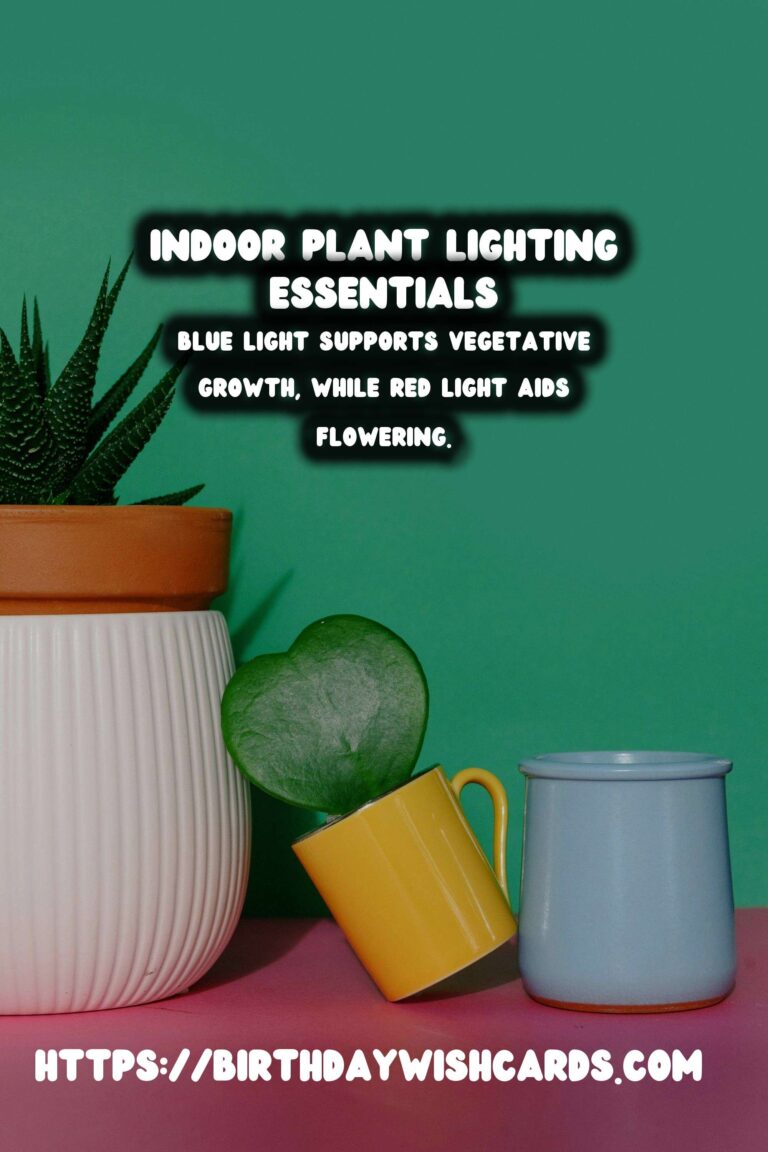
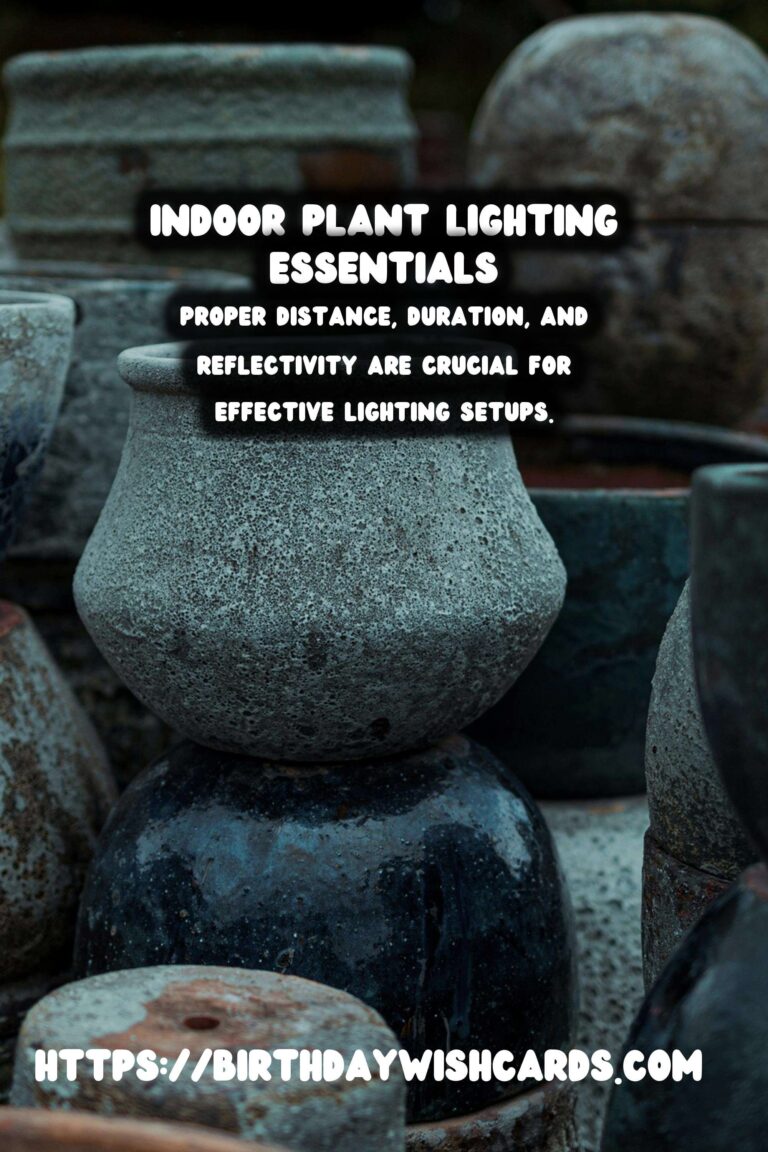
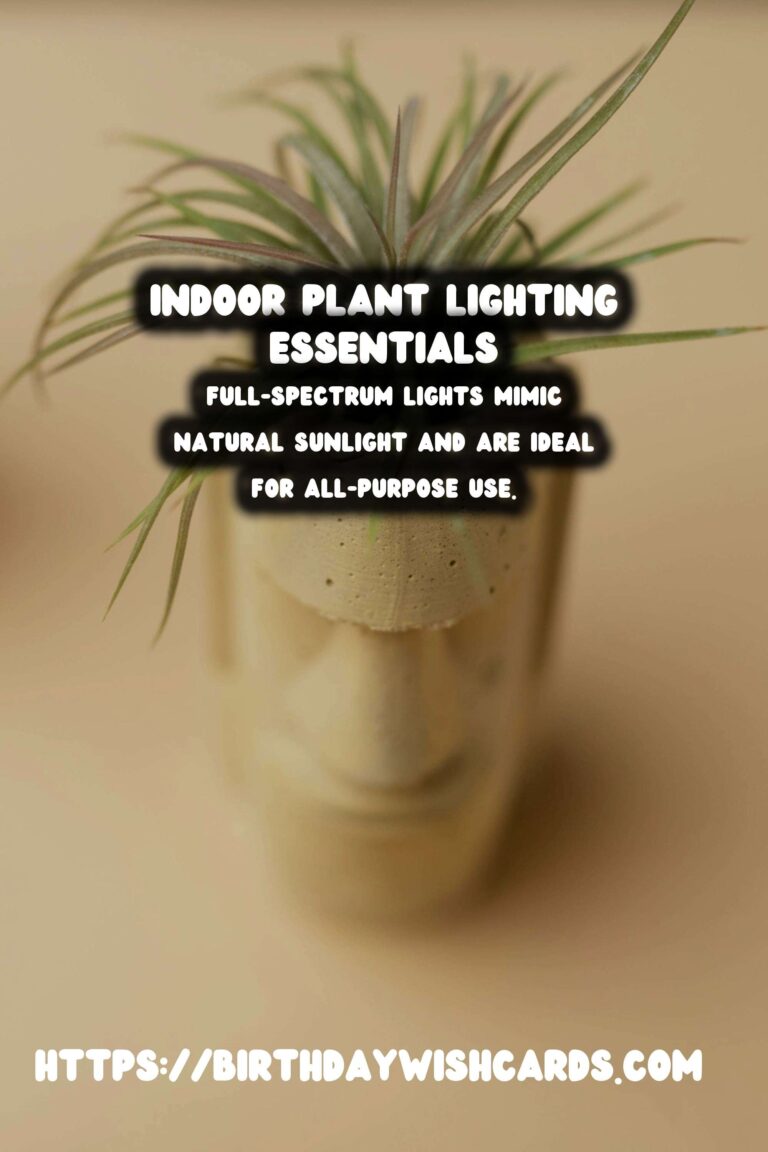
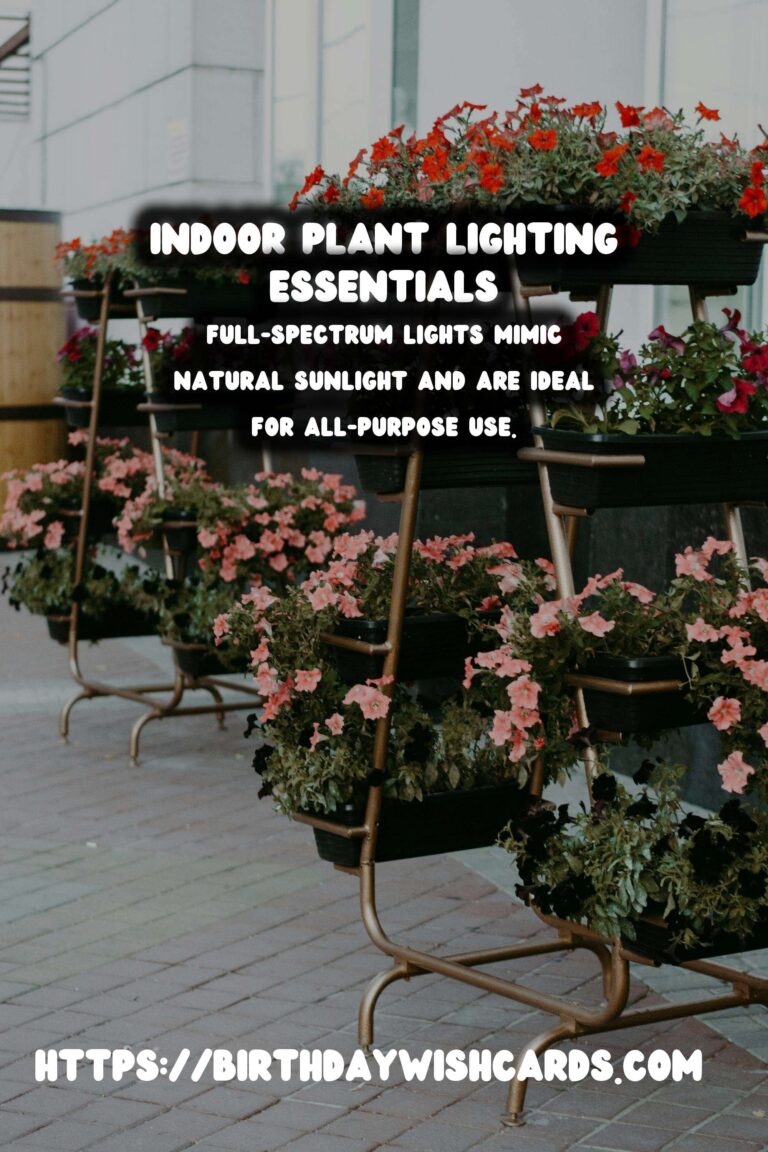
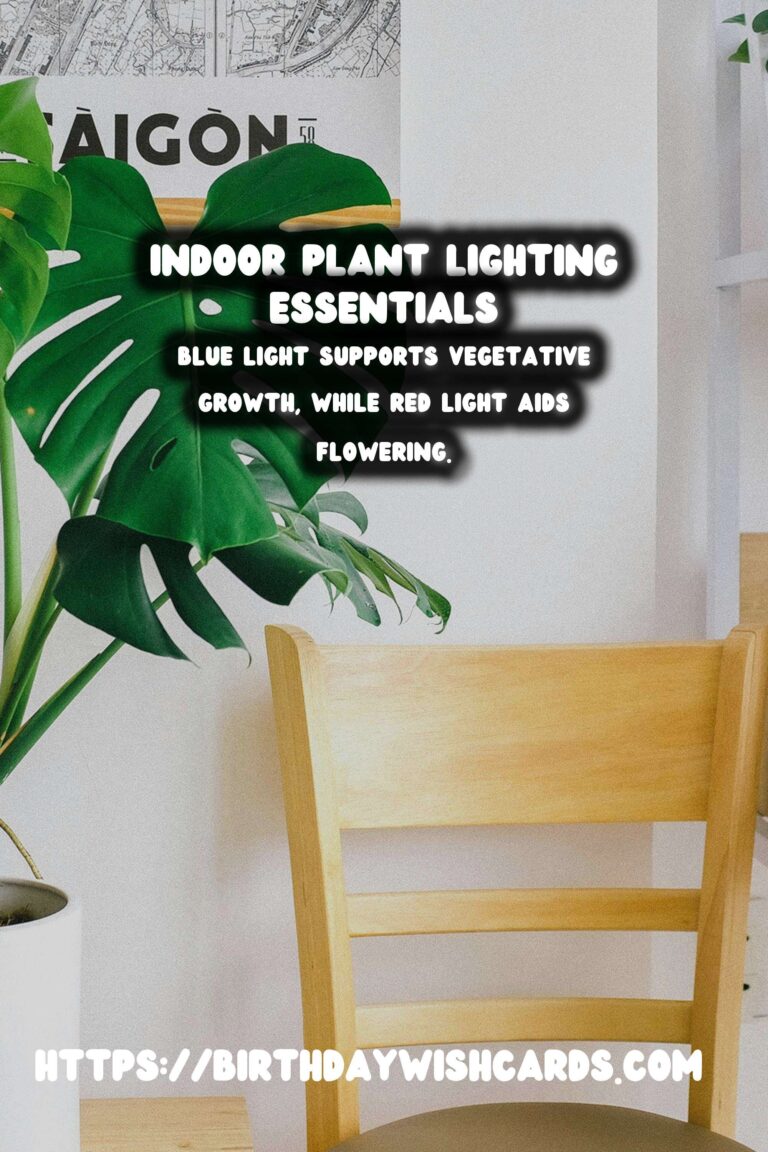
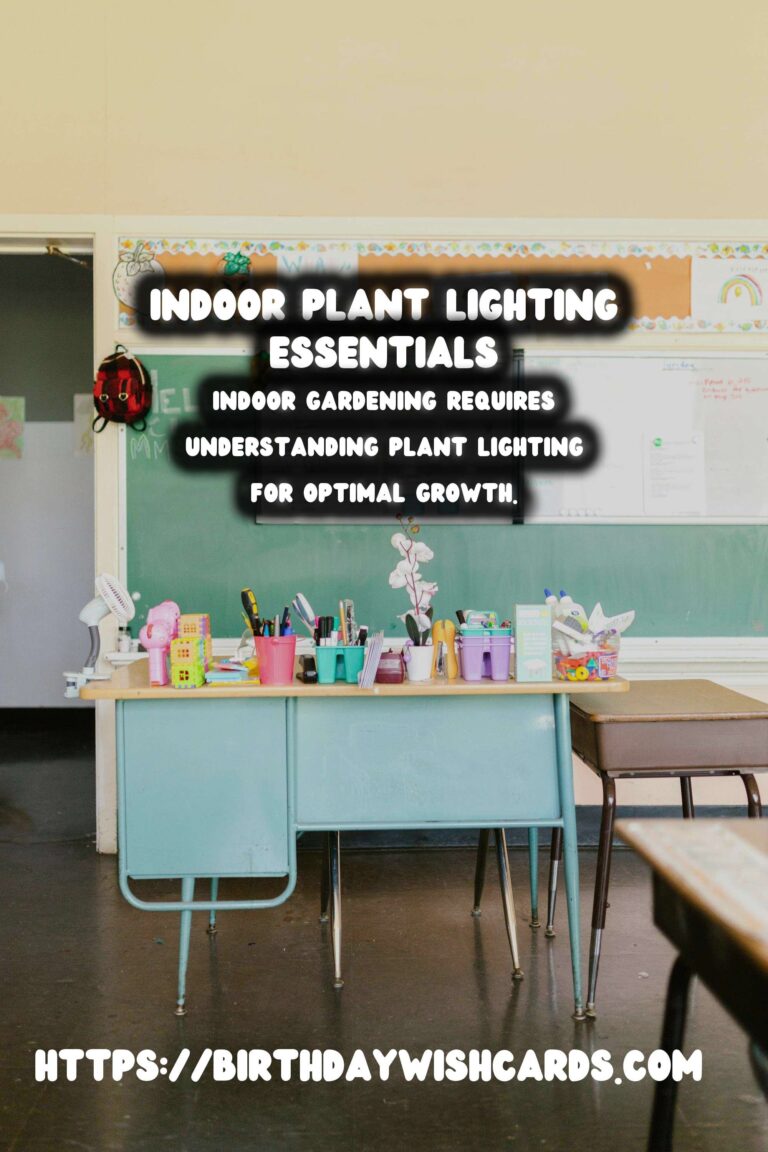
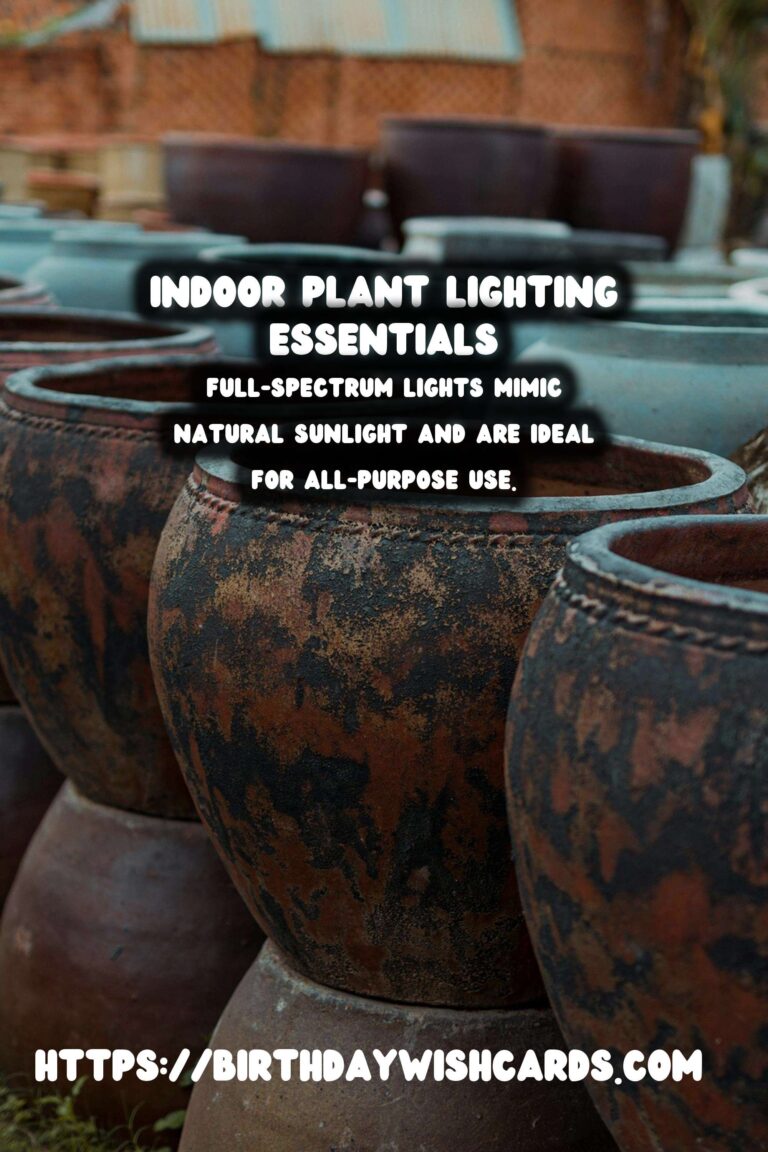
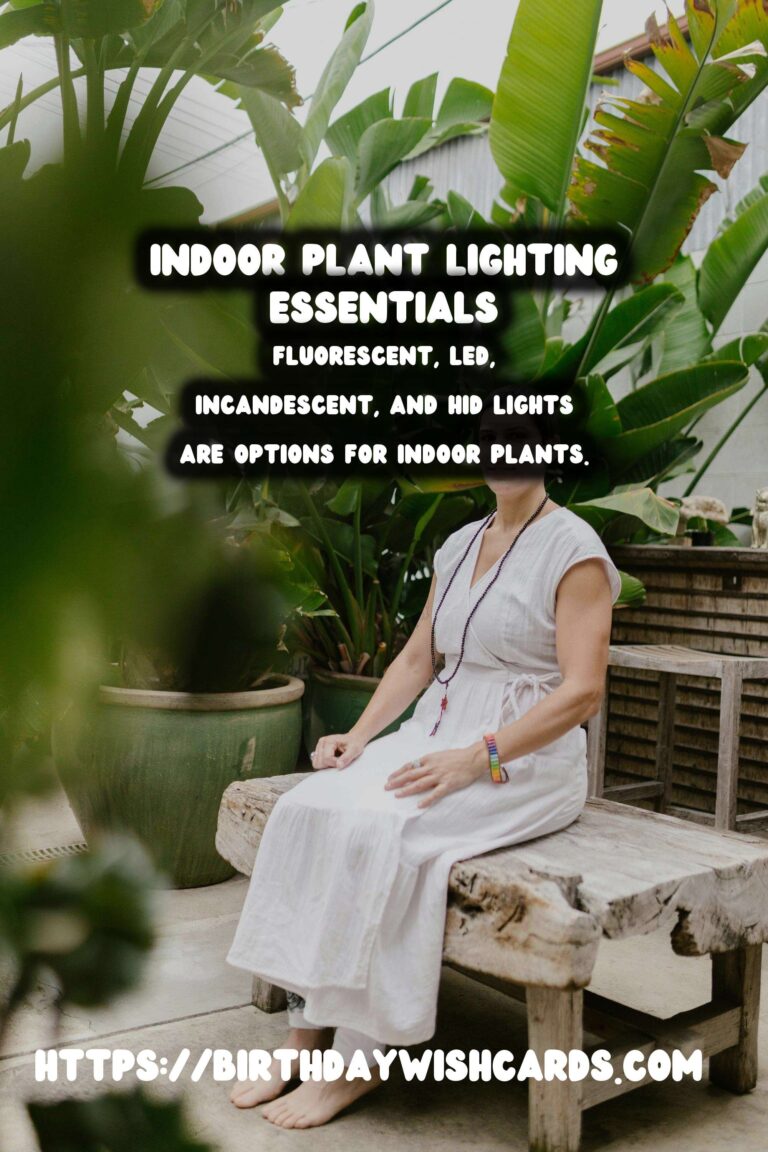
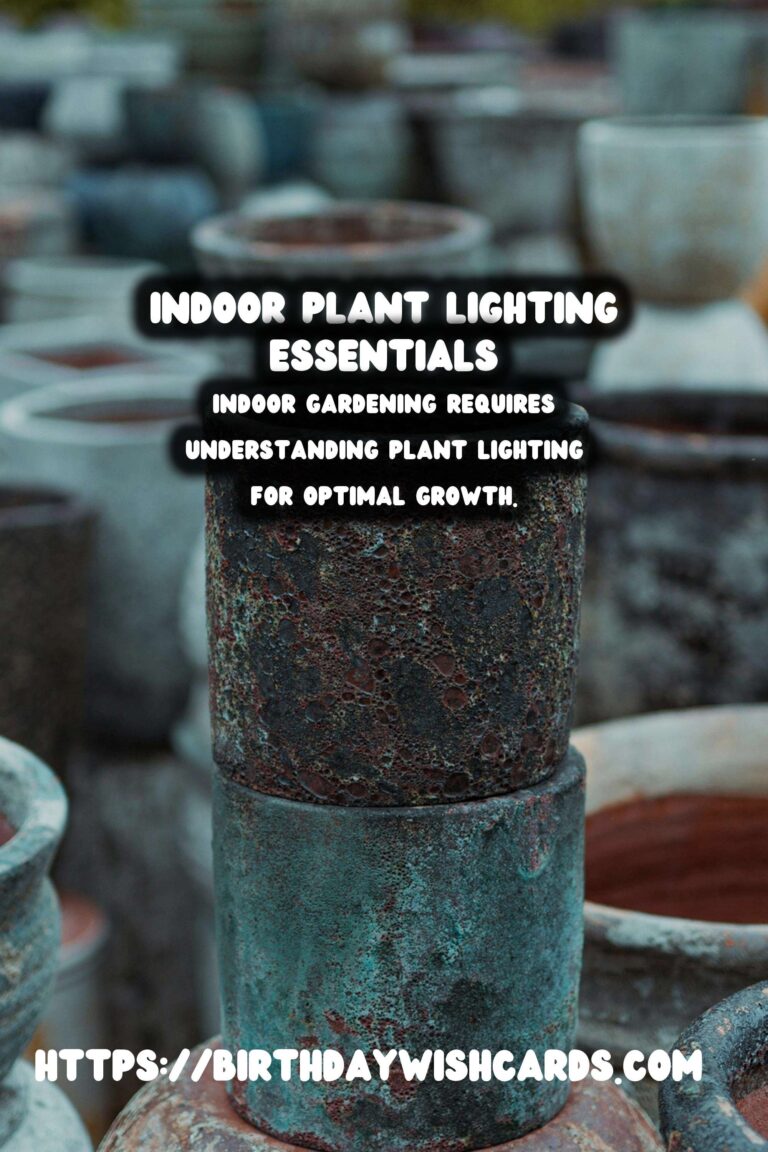
#IndoorGardening #PlantLighting #HomeGardening #GrowLights #IndoorPlants



